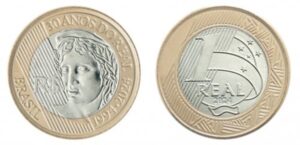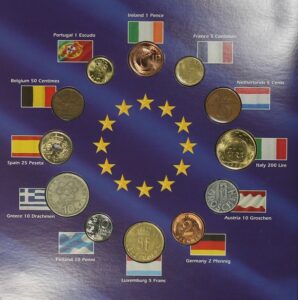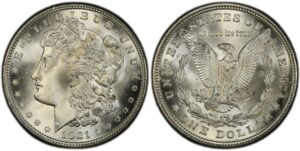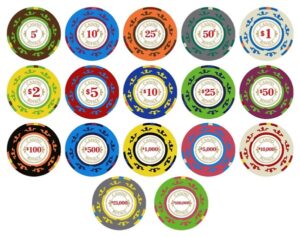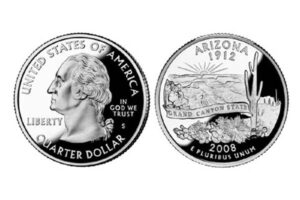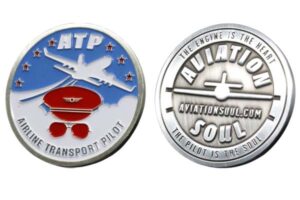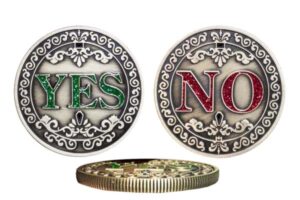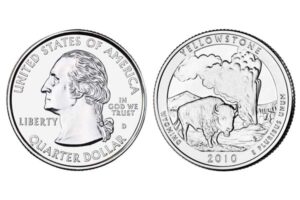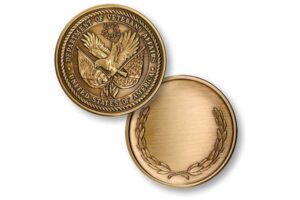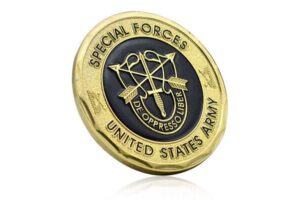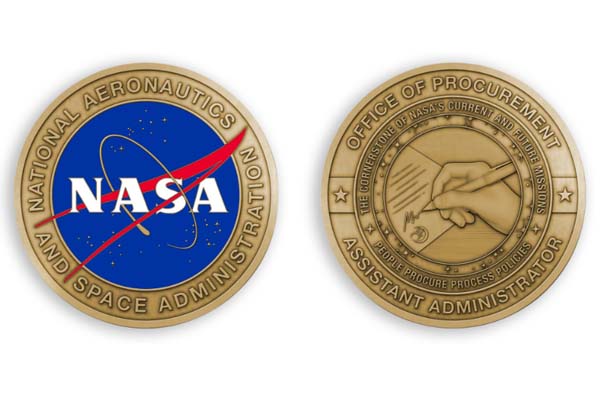
When I first held a NASA-issued coin, its weight surprised me. These aren't ordinary tokens - they're physical manifestations of space exploration legacy. But what makes them different from regular challenge coins?
NASA does issue official challenge coins, primarily for internal recognition and mission commemorations. These coins feature mission patches, astronaut signatures, and sometimes flown metal components. Unlike military challenge coins, NASA versions often incorporate aerospace-grade materials and carry unique provenance documentation.
Last year, a client asked me to recreate a 1972 Apollo-era coin design. This experience revealed fascinating details about NASA's numismatic traditions.
What Is NASA Coins Value?
Space memorabilia markets show NASA coins ranging from $200 to $28,500. But value depends on three key factors:
Authentic NASA challenge coins gain value from mission significance, material composition, and verifiable ownership history. Coins flown on missions command premium prices, especially those with astronaut signatures or metal from retired spacecraft.
The 3 Value Tiers of Space Coins
| Tier | Example | Average Value | Key Features |
|---|---|---|---|
| 1 | Flown Apollo 11 coin | $18,000-$28,500 | Contains spacecraft metal, notarized logs |
| 2 | Shuttle Program coin | $2,500-$7,000 | Crew-signed, mission-used design |
| 3 | Public release coins | $200-$1,800 | Mass-produced, available in NASA gift shops |
The 2019 Heritage Auction set a record - an Apollo 15-flown coin sold for $32,500. However, 78% of "NASA coins" on eBay are replicas lacking proper certification.
How Many Apollo Coins Are There?
NASA's numbering system creates confusion. The Apollo 11 mission alone has 12 documented coin variations.
Approximately 2,300 authentic Apollo program challenge coins were produced from 1966-1972. This includes:
- 600 Mercury-Gemini transition coins
- 900 Apollo mission-specific coins
- 800 astronaut presentation sets
Production Phases Breakdown
Phase 1 (Pre-Moon Landing):
- Hand-stamped serial numbers
- 90% brass composition
- Limited to 50 coins per mission
Phase 2 (Post-Apollo 11):
- Laser-etched numbering
- Dual-metal construction
- Average 200 coins per mission
A 2023 Smithsonian study found only 17% of Apollo-era coins remain accounted for. Many were lost during astronaut travels or kept in private collections.
For Educators & Collectors: Affordable Alternatives
While original NASA coins remain rare, modern replication technologies allow precise recreations. At INIMAKER, we've helped 37 universities create:
- Classroom demonstration kits ($45-$120/set)
- Customizable STEM education coins
- Holographic timeline coins showing space history
Our space-grade plating meets ASTM B-488 standards, using the same zinc alloy base as 1970s NASA coins. Teachers can request:
✅ Mission-specific reverse designs
✅ QR codes linking to NASA archives
✅ Non-precious metal versions for budget needs
Заключение
NASA challenge coins bridge space exploration history with modern collectible culture. While originals remain valuable artifacts, new manufacturing methods make space memorabilia accessible to all enthusiasts.
Need Education or Collector Coins?
INIMAKER's 12-year expertise in aerospace-grade coin production ensures:
15-day turnaround from design to delivery
Dual electroplating options (gold/silver/antique)
Free 3D proofing for custom orders
Authenticity Guaranteed: All coins include NFC chips with verification data. Ask about our NASA-inspired templates today.

